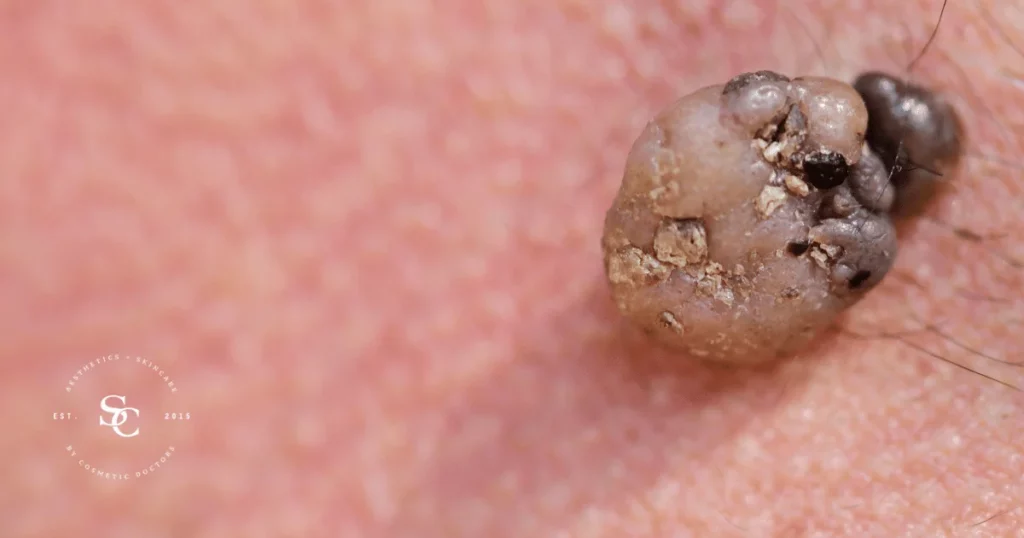Understanding Lumps and Bumps: An Overview
Lumps and bumps are common skin or tissue abnormalities that can occur anywhere on the body. They vary in size, shape, and texture and may be benign (non-cancerous) or, in some cases, a sign of a more serious medical condition. In this comprehensive guide, we will delve into the world of lumps and bumps, exploring their nature, causes, diagnosis, and treatment options.
Identifying the Symptoms of Lumps and Bumps
The primary symptom of lumps and bumps is the presence of abnormal growths on or beneath the skin. These growths can range from small, painless nodules to larger, painful masses. Symptoms may vary depending on the underlying cause.
Causes and Risk Factors of Lumps and Bumps
Understanding the causes and risk factors of lumps and bumps is essential:
- Injury or Trauma: Many lumps and bumps are the result of injury or trauma to the affected area.
- Infection: Some lumps may be due to bacterial or viral infections, such as abscesses or cysts.
- Inflammatory Conditions: Conditions like lipomas (benign fatty tumors) or rheumatoid nodules can cause lumps.
- Cancer: In some cases, lumps and bumps can be an early sign of cancer, such as breast cancer or skin cancer.
- Genetics: Genetic factors can play a role in the development of certain types of lumps and bumps.
Different Types and Stages of Lumps and Bumps
Lumps and bumps can vary widely in type and severity. They may include:
- Cysts: Fluid-filled sacs that can form in or beneath the skin.
- Lipomas: Benign tumors made up of fat cells.
- Skin Tags: Small, benign growths that often appear in skin folds.
- Abscesses: Pus-filled lumps that result from infection.
- Moles: Pigmented growths on the skin.
- Cancerous Tumors: Abnormal growths that can be malignant (cancerous) and require immediate medical attention.
Diagnosis: How Lumps and Bumps are Evaluated
Diagnosing lumps and bumps involves a thorough evaluation by a healthcare provider. This may include:
- Physical Examination: A visual and physical examination to assess the size, location, and characteristics of the lump.
- Imaging Studies: X-rays, ultrasounds, or other imaging tests may be used to get a better look at the lump’s internal structure.
- Biopsy: A tissue sample may be taken and analyzed to determine the nature of the lump, especially if cancer is suspected.
Treatment Options for Lumps and Bumps
Treatment for lumps and bumps depends on their cause and severity:
- Observation: Some lumps, such as benign lipomas or skin tags, may not require treatment but can be monitored.
- Medication: Antibiotics or anti-inflammatory medications may be prescribed for lumps caused by infection or inflammation.
- Surgical Removal: In cases where a lump is painful, bothersome, or suspected of being cancerous, surgical removal may be recommended.
Prevention Strategies for Lumps and Bumps
Preventing lumps and bumps often involves adopting good safety and hygiene practices:
- Injury Prevention: Taking precautions to prevent accidents and injuries can reduce the risk of trauma-related lumps and bumps.
- Hygiene: Maintaining good hygiene can help prevent skin infections that may lead to abscesses or cysts.
- Cancer Screening: Regular cancer screenings and self-examinations can help detect cancerous lumps at an early stage.
Impact of Lumps and Bumps on Health
The impact of lumps and bumps on health varies depending on their cause. While many are benign and pose no health risks, some may require medical attention and treatment. Prompt evaluation is crucial to determine the appropriate course of action.
Long-Term Management of Lumps and Bumps
Managing lumps and bumps often involves ongoing care and monitoring:
- Follow-Up Visits: Regular follow-up visits with a healthcare provider may be necessary to ensure the lump or bump does not return or worsen.
- Cancer Surveillance: For cancerous lumps, long-term management may include cancer surveillance, treatment, and monitoring.
In conclusion, understanding lumps and bumps, their causes, diagnosis, treatment options, and impact on health is essential for addressing any concerns and maintaining overall well-being. Consultation with a healthcare provider or specialist is advisable for proper evaluation and guidance regarding lumps and bumps.



















